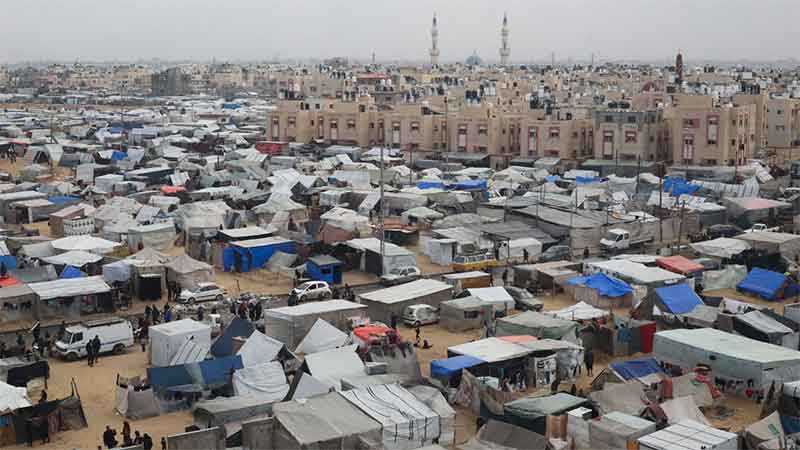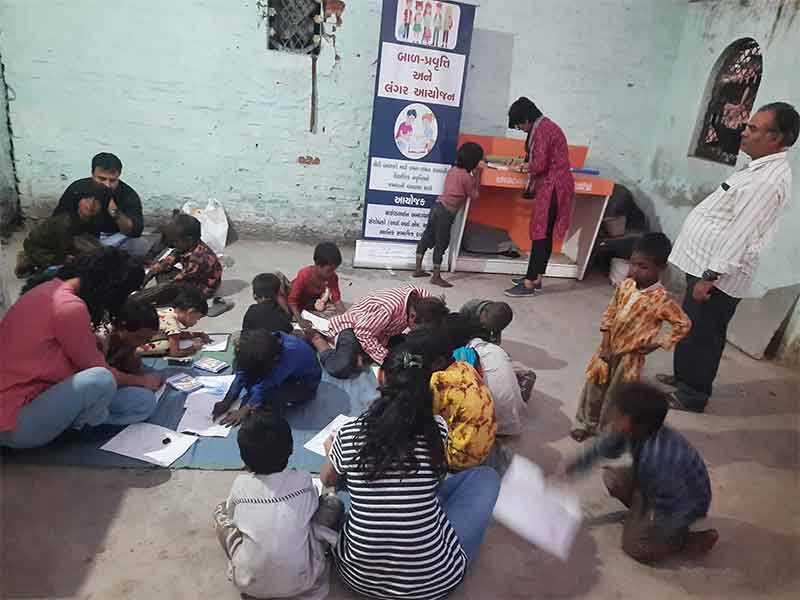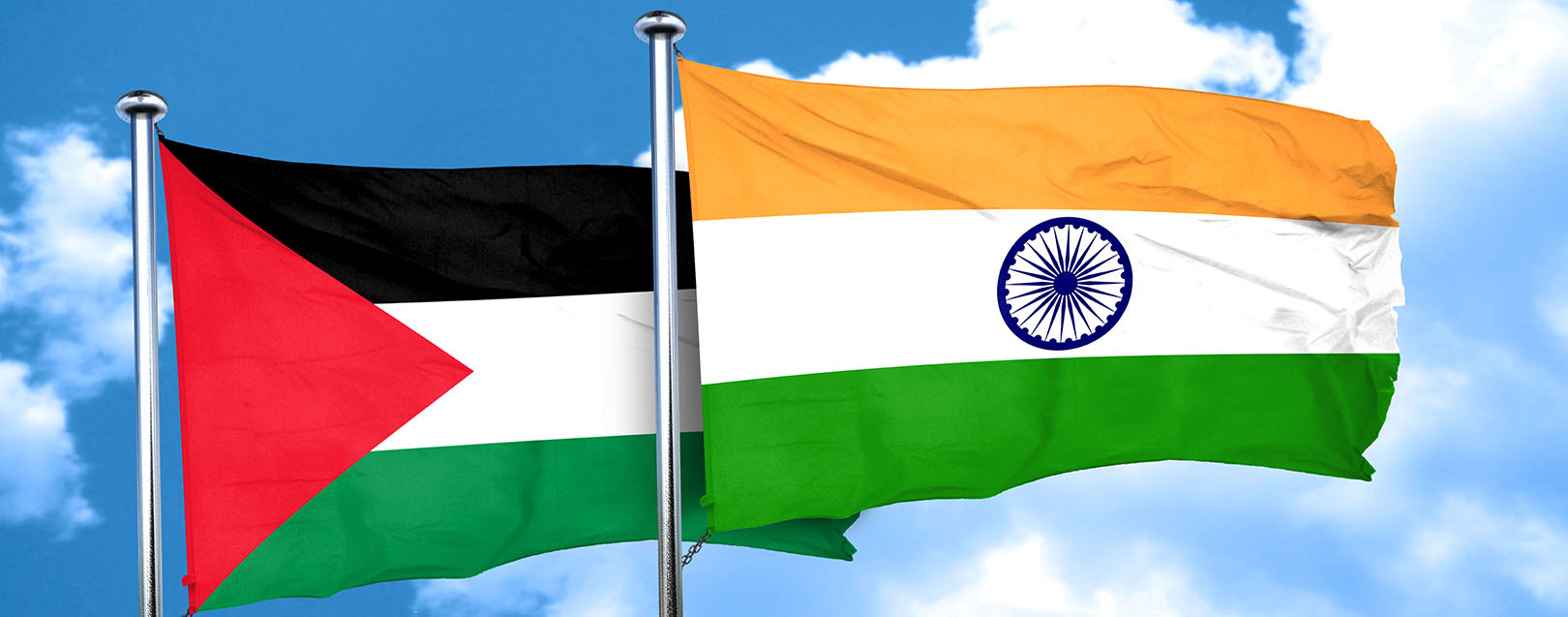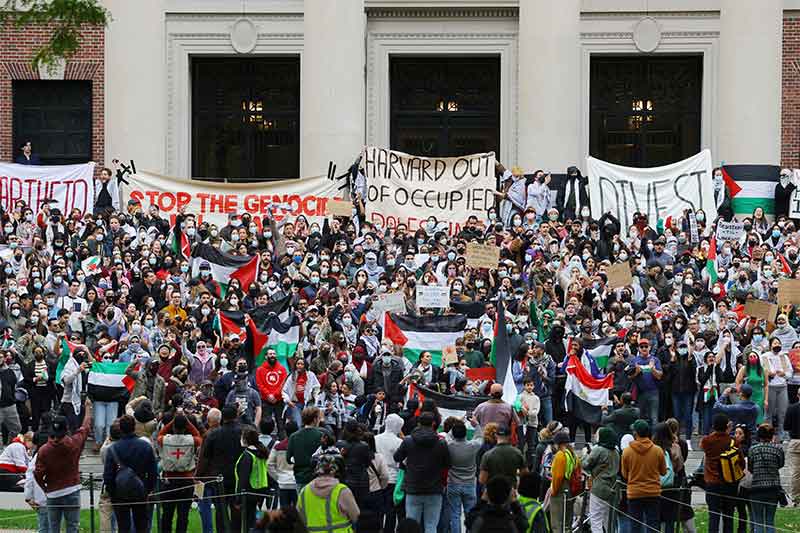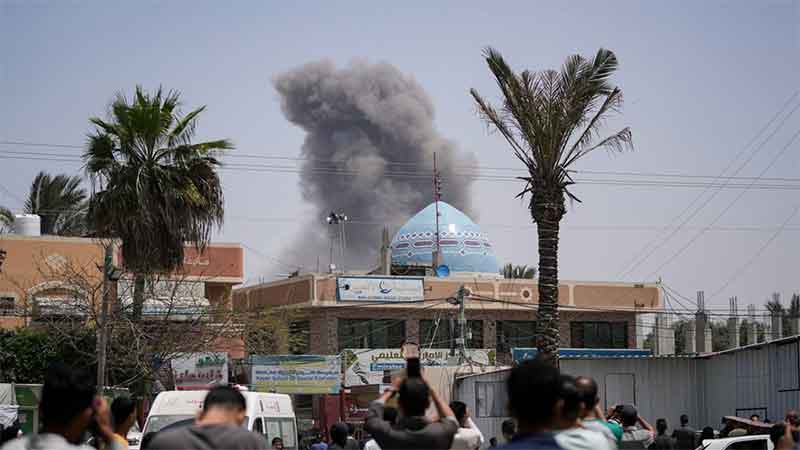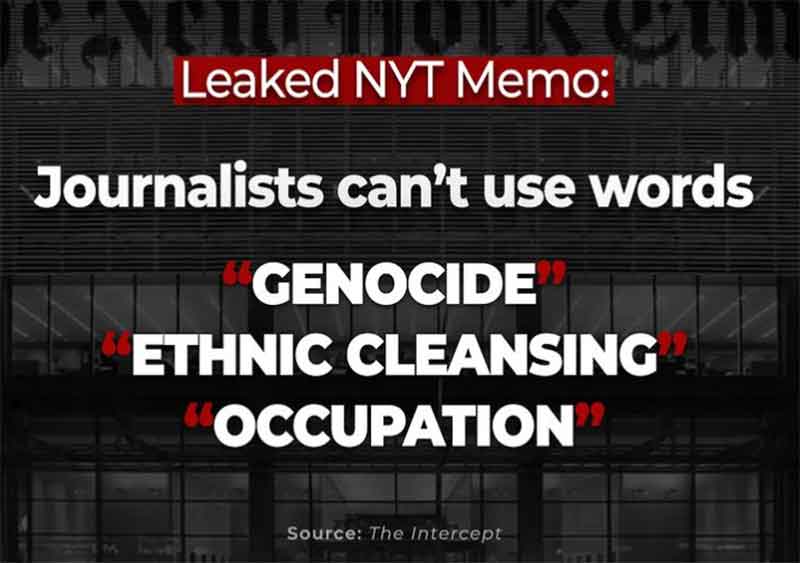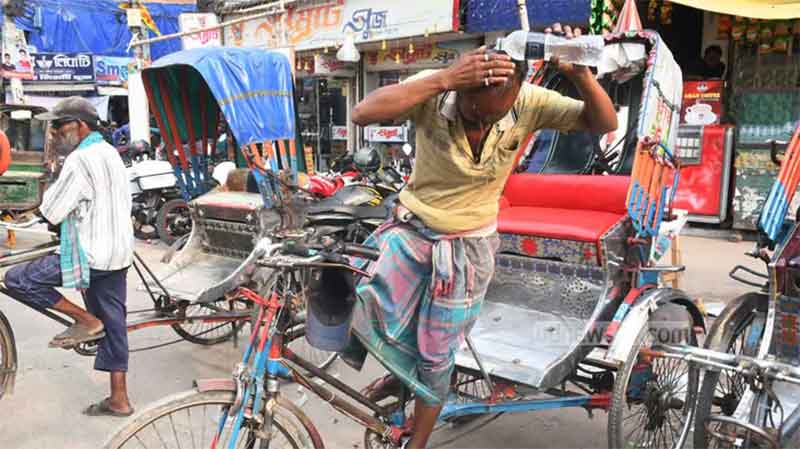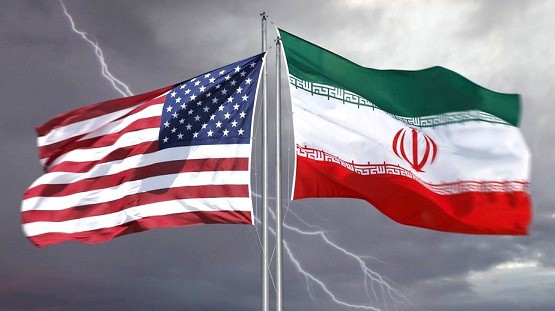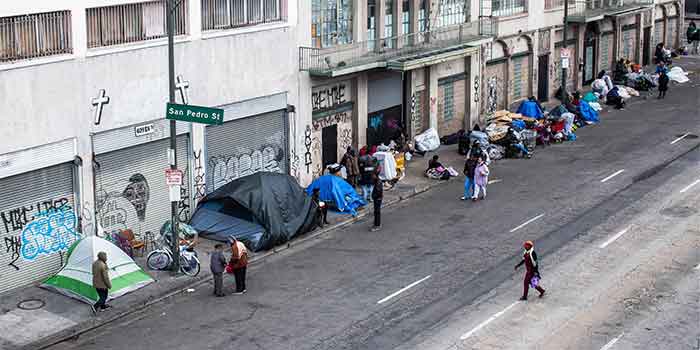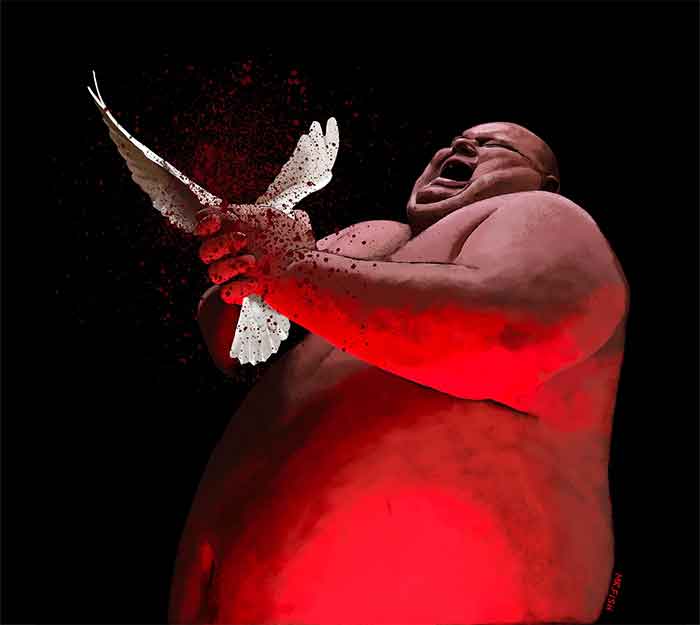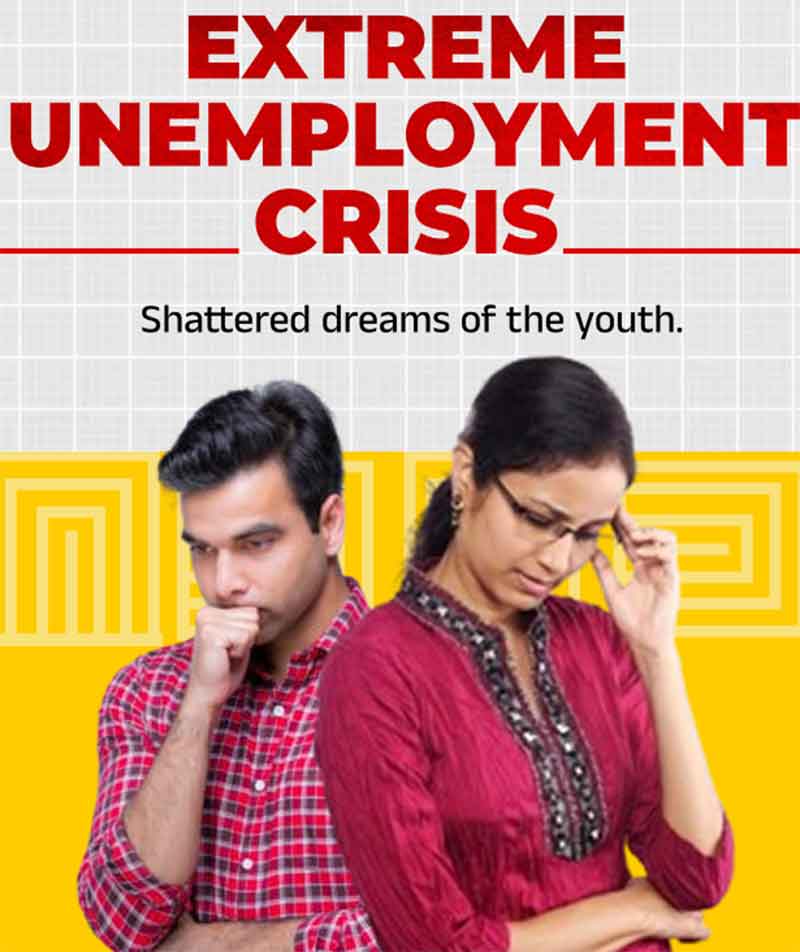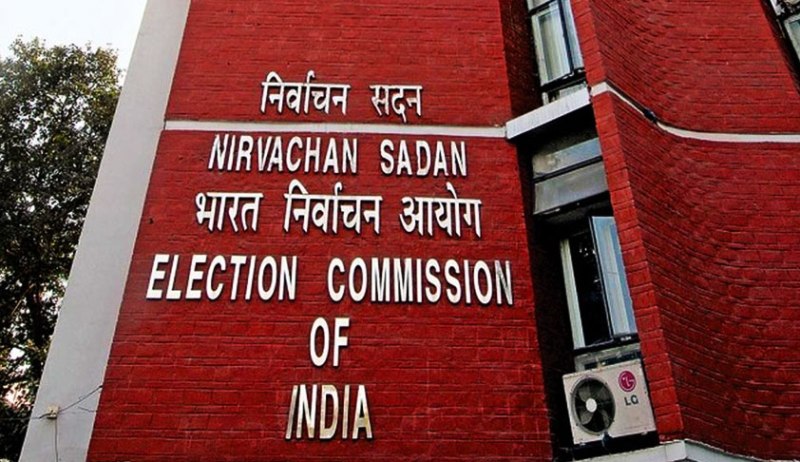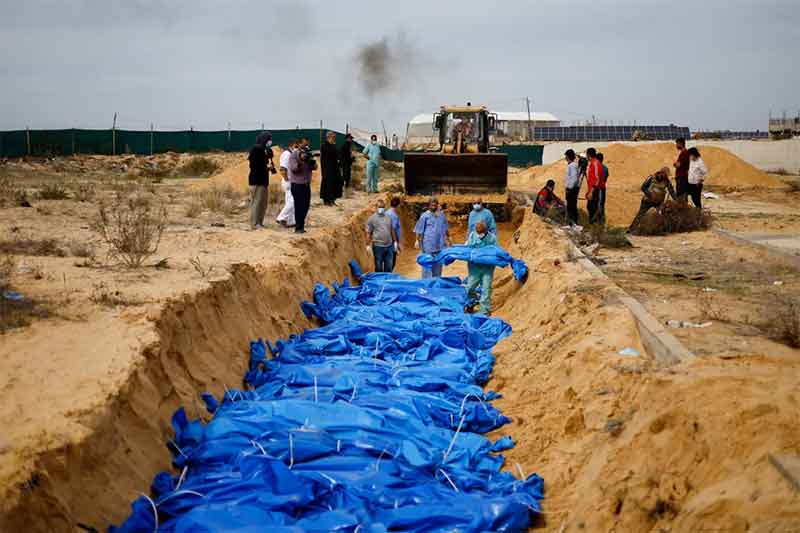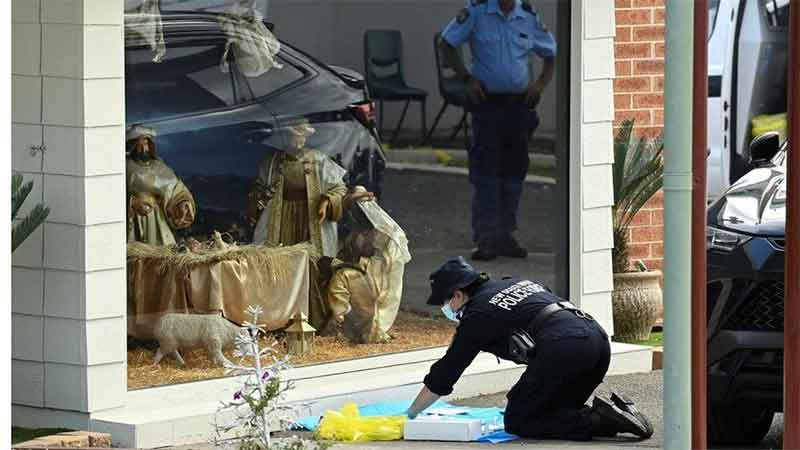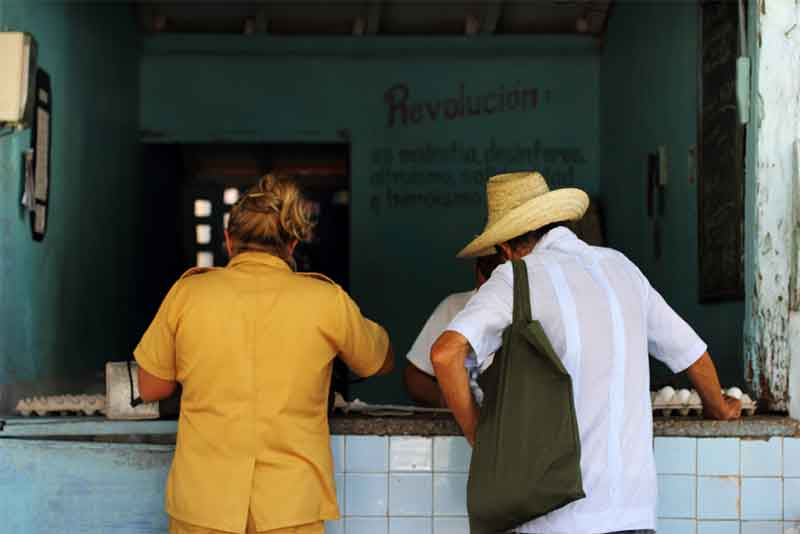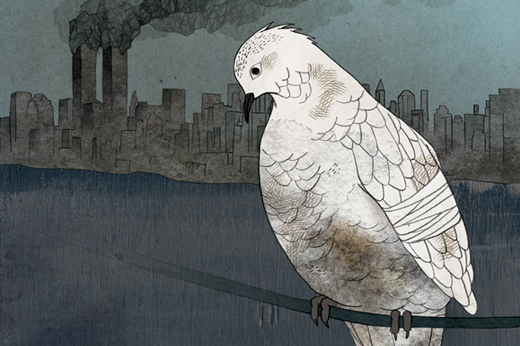
I grew up in a Quaker pacifist family. Many Quaker children have a problem to express anger or contention since it is strongly inculcated to “forgive and forget,” assist others like murderers, “love thy neighbor as thine self,” avoid warfare in any form (even in small squabbles with family members when a sibling grabs your toy with which you were playing), show tenderness towards the natural world, always help others to be the best that they can be since oneself is so privileged while many are not, and try not to ever render harm.
This sort of thinking is largely good. It led me, for example to donate with Christmas money that I’d received, a large amount of Christmas presents that I’d also gotten to a leper’s colony in the Philippines when I was a young teen. Indeed, I was very excited when my father drove me to the post office to send out my large package.
The action was largely motivated by an event that took place when I was eleven years old. It was that happening mixed, of course, with Quaker values.
It was a gate guarded by rifle held troops standing on the outside. They prohibited relatives, human rights workers and charity directors from passing inward and the lepers from passing outward.
It had thousands upon thousands of tiny gorgeous mosaic tiles on the floor in a circular pattern exemplifying wholeness and completion of God’s-vision of wholeness and goodness. (The ceiling was equally ornate and meaningful with paintings. One looked upward in wonderment at the patterns and their symbolic messages.)
Surrounded by astonishing beauty, I took off my shoes, knelt bent over in worship in the exact center of the building and felt in love with life for its underlying goodness. Simultaneously I felt discomfort at the valley scene.
What of these people who are locked in a disease-controlling open-air prison? Who are these children, young adults and elderly? How can they survive well?
“One of the most famous cases where necessity was attempted as a defense to murder, with remarkable parallels to this hypothetical, is that of R v Dudley and Stephens:
- “A crew of four found themselves on a lifeboat at sea with no food and no water, and with no prospect of rescue.
- “One of them was a child (Parker) and was nearing death and unconscious.
- “Two of them (Dudley and Stephens), after some discussion over drawing lots, decided that the child would be killed before his natural death, in order that his blood be better preserved for drinking.
The last crew member, Brooks, was silent on the matter.- “After killing Parker, Dudley, Stephens and Brooks fed on Parker’s body.
- “During the trial, the matter of necessity as a defense to murder was considered.
- “The judges found that there was no common law defence of necessity to murder, and Dudley and Stephens were sentenced to death with a recommendation for mercy.
- “The Home Secretary commuted their sentences to six months’ imprisonment.
“This case concerns essentially the choice you’re making in the trolley problem: either the four crew members were going to die, or one of them would definitely die and the others might live. It’s easy to say that they should have just waited, but they didn’t have the benefit of hindsight.
“It’s also a great example of a situation where although the law says one thing, it doesn’t align with our morals and ethics, and while it’s a UK case, I would wager that almost every lawyer in common law countries would have heard about it.” – From united states – What is the legal take on the trolley problem? – Law …..
One of the most famous moral problems involving pacifism is the trolley narrative. This rendition of it is particularly good since therein is pointed out the difference between ethics and morals. It’s at The Philosopher’s Beard: Morality vs Ethics: the problem with trolleys.
I’m no longer a pacifist. Perhaps you, though, are like my mother and would refuse to intervene if it involved your possibly murdering someone to save one or more others. Where do you stand?
Sally Dugman is a freelance writer

